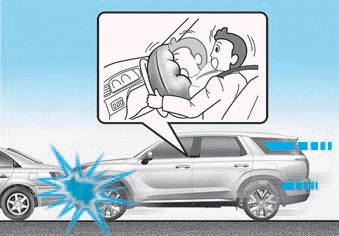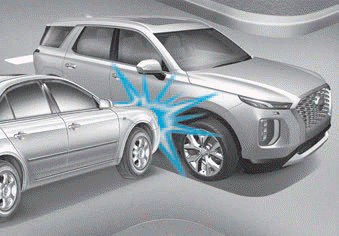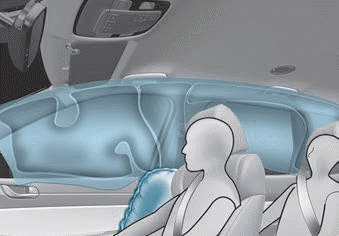Hyundai Palisade: Engine Control System / Injector
Description and operation
| Description |
Based on information from various sensors, the ECM can calculate the fuel amount
to be injected. The fuel injector is a solenoid-operated valve and the fuel
injection amount is controlled by length of injection time. The ECM controls
each injector by grounding the control circuit. When the ECM energizes the injector
by grounding the control circuit, the circuit voltage should be low (theoretically
0V) and the fuel is injected. When the ECM de-energizes the injector by opening
control circuit, the fuel injector is closed and circuit voltage should momentarily
reach the peak, and then settle at system voltage.

Specifications
| Specification |
|
Item |
Specification |
|
Coil Resistance (Ω) |
1.30 - 1.44 [20°C (68°F)] |
|
Fuel pressure [kPa (bar, kgf/cm)] |
2000 - 19907 (20 - 200, 20.4 - 203) |
|
Operation Voltage (V) |
6 - 16 |
|
pin |
2 |
Troubleshooting
| Signal Waveform |

Schematic diagrams
| Circuit Diagram |

Harness Connector

 Accelerator Position Sensor (APS)
Accelerator Position Sensor (APS)
Description and operation
Description
Installed on the accelerator pedal module, the Accelerator Position Sensor (APS)
detects the rotation angle of the accelerator pedal...
 Purge Control Solenoid Valve (PCSV)
Purge Control Solenoid Valve (PCSV)
Description and operation
Description
Installed on the intake manifold, the Purge Control Solenoid Valve (PCSV) controls
the evaporative purge between the canister and the intake manifold...
Other information:
Hyundai Palisade (LX2) 2020-2025 Service Manual: Rheostat
Components and components location Components Repair procedures Inspection Rheostat Switch 1. Disconnect the negative (-) battery terminal. 2. Remove the crash pad lower panel...
Hyundai Palisade (LX2) 2020-2025 Owner's Manual: TPMS Malfunction Indicator
The TPMS Malfunction Indicator will illuminate after it blinks for approximately one minute when there is a problem with the Tire Pressure Monitoring System. Have the system checked by an authorized HYUNDAI dealer as soon as possible. NOTICE If there is a malfunction with the TPMS, the individual tire pressures in the cluster LCD display will not be available...
Categories
- Manuals Home
- 1st Generation Palisade Owners Manual
- 1st Generation Palisade Service Manual
- AWD Operation
- Power Outlet
- Normal Maintenance Schedule (3.8 GDI)
- New on site
- Most important about car
Air bag inflation conditions

Front air bags
Front air bags and the driver's knee air bag are designed to inflate in a frontal collision depending on the the severity of impact of the front collision.


Copyright © 2025 www.hpalisadelx.com
